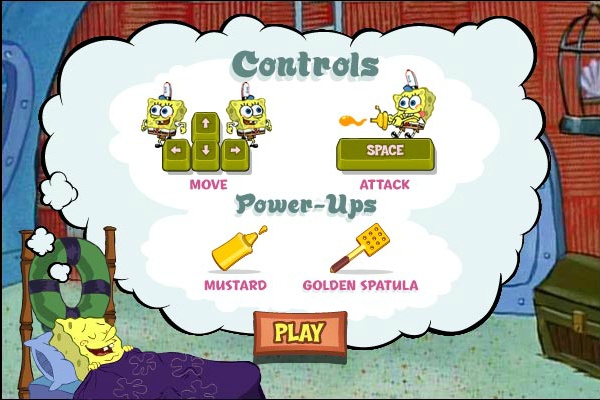
#Panic mode game hacked upgrade
Eventually, you upgrade to bigger offices.Īnother aspect of the game is random events that pop up allowing you to make a risk versus reward decision. When you start dealing with investors, you will find that they range from mobsters to celebrities, and the dialogue is genuinely entertaining. Much of the humor is tongue in cheek, and the writing is amusing. They rarely result in an outright failure, but they do tell a story of your Startups successes and failures. It’s an interesting number of factors to mess with, all while also following a story with timed objectives. But, they also have Dinosaur Park as a vacation option so we will call it even. Hey, business can get brutal in Startup Panic. Nothing stinks worse than your star employee randomly quitting your Startup.Įventually, you compete with other businesses and have to factor in global marketing while deciding if you want to play dirty by sabotaging their power or kidnapping your competitors’ employees. You need to pay for and send them on frequent vacations to keep them happy, as well as pay them more when they receive better training. Working jobs and a few random events can lower an employee’s motivation. Hiring employees with high stats is the key to success However, adding more heads to a task increases the time it takes to complete. Many tasks require a minimum number of employees, but you can allocate even more for bigger results. All of which affect how they perform when creating a feature or doing contract work.

Once you get the initial features of your platform sorted, you can move from your dingy little room into a small office where you can hire help.Įmployees, including yourself, have different statistics between Technology, Usability, Aesthetics, and Marketing. In the beginning, you’re on your own with a bit of cash to get started and some advice from a familiar-looking paper clip. You go from just writing a few features with your main character, to managing money, employees, marketing, and even sabotaging your competitors. You hire employees, and, you know, actually, make money…but I did enjoy that initial kinship.Īs your Startup grows, so does the game’s mechanics. In Startup Panic, you go on to develop platforms more akin to Steam, Facebook, and Youtube. You start out small and humble.įrom that point on, the similarities fade. And I had once again experienced that joy when those numbers finally started ticking upward. I revised features I had already made because they weren’t up to par, just as I do now. In Startup Panic, I watched the days fly by with 0 to 2 users, just as I did two years ago. You can find a video version of this review here: Startup Panic Review – YouTube Alone in my house and slaving away to create something when nobody knew or cared who I was.

It accurately represented the early days of my website. You can also check out our recommended alternatives to SimpliSafe.The opening hours of Startup Panic were a bit surreal, painful, and interesting to experience as a lone self-employed Content Creator. ADT.Ĭove is SimpliSafe’s cheaper, more customer-friendly twin, but SimpliSafe sells more products and has been in business over a decade longer. Frontpoint.ĪDT offers a done-for-you security system with a contract backed by nearly 150 years of industry experience, whereas SimpliSafe’s been in the DIY security game for just 16 years. Vivint.įrontpoint is a no-contract, DIY system with better smart home integrations and equipment than SimpliSafe, but it’s more expensive.

Vivint Smart Home Security leads the way in smart home integrations and equipment but isn’t a no-contract, DIY system like SimpliSafe. Before you compare them all in our Best Home Security Systems review, take a quick look at how SimpliSafe stacks up to its main competitors: SimpliSafe is a no-contract DIY system that tends to top our charts, but other home security companies are gaining ground.


 0 kommentar(er)
0 kommentar(er)
